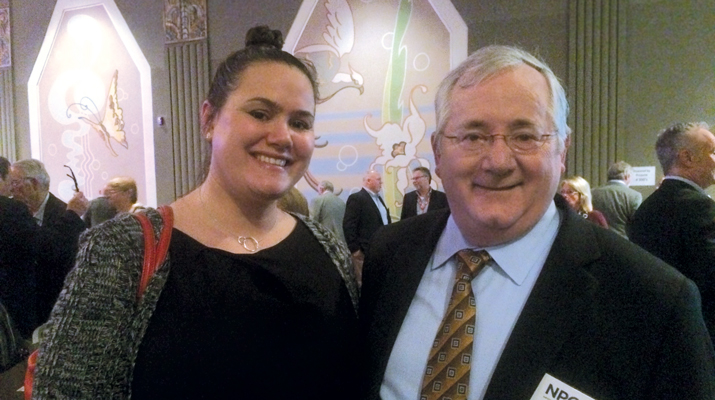Builders, consumers find efficiency messages easy to understand
The International Builders’ Show (IBS) took place last month in Orlando, Fla., and I got to spend several days at the show and events surrounding it.
It was easy to draw comparisons with past shows regarding how builders and exhibitors at the event treat energy.
Home construction began its sharp decline in late 2006 and, at the same time, green building was emerging as the latest trend in the fight against global warming. Green building was being marketed as a way to differentiate from the competition and lighten the carbon footprint of new homes during and after construction.
Most of the exhibitors at IBS and similar builder events during the last few years were heavy on green marketing, to the point that accusations of “green washing” a product that had no green attributes became commonplace. “If we make it look green, we will sell more” became the strategy for some builders and most manufacturers.
Manufacturers of building products and a tiny, but dedicated, group of green builders thought that consumers would quickly embrace green building and pay a little more to do their part in slowing global warming. Green building was also thought to be the course correction needed for the homebuilding industry, and it seemed to evoke a warm and fuzzy feeling with some consumers.
No one could have predicted the chain of events that happened next that brought the homebuilding industry to its knees and shifted consumer attitudes toward energy use.
■ Energy prices spiked in 2008 with crude oil approaching $150 a barrel.
■ Near total collapse of the financial markets, including home mortgages
■ Global warming credibility suffered a major hit due to discovery of manipulation of the facts by scientists.
■ Shift to “climate change” warnings didn’t have good traction with consumers.
■ Government incentives for efficiency upgrades drove shift in consumer attitudes toward energy use.
■ Manufacturers responded with technology advances in heating and cooling equipment and other energy applications.
Stressing efficiency
Today’s average consumer, who was skeptical of the value of spending more money to build green, finds it easy to understand how he or she can save money by having a home that is more efficient.
It is much easier to sell savings on your energy bill than it is to sell spending more money to build green. Building green, efficiency and energy savings were marketed in that order at IBS in recent years, and this year a major shift was apparent. The order of importance has shifted to efficiency, energy savings and green building.
Consumers and builders who might have been skeptical of green building and its perceived higher costs find it easy to understand that they can incorporate efficiency into homebuilding or remodeling and save money on their energy bills. If that makes the house greener too, that’s OK.
Exhibitors at the 2011 IBS, including PERC, brought those points home, and builders were buying in.
Propane marketers concerned with consumers’ efficiency upgrade and conservation activity need to consider the bigger picture.
It is now easy to make the case for propane as a low-carbon form of energy when compared to electricity produced at coal or oil-fired power plants. There is also a cost advantage for propane in many parts of the country. And perhaps most importantly, propane can provide clean energy for affordable, high efficiency space heating and water heating applications and other desirable gas applications in the home, such as fireplaces, cooking and standby generators.
Propane brings high efficiency to the home. High efficiency saves consumers on their energy bill. And, oh yeah, it’s green too. That’s the right order of importance that consumers and builders can and do believe in. Now go out and sell it in that order.
















